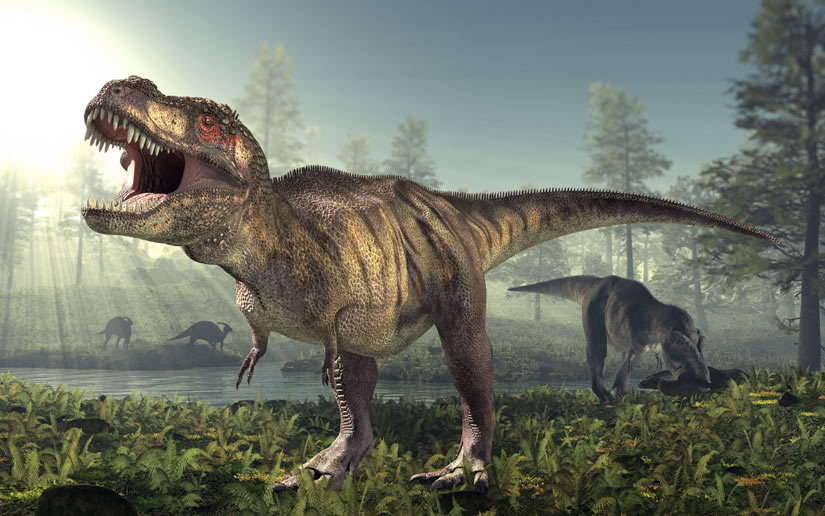 | |||
| THE FLUBDUDS Appearance: sheep-like in body shape Food Source: prairie grass Geographical Location: Steppes of Eurasia Habitat: Prairy Intelligence: Dim-witted Status: Speculatory |
This raises three main questions we are finding difficult to answer:
1. How were they able to be born this way if their parents and their parents' parents were unable to reach the other species to mate?
2. How and why did their legs evolved to be so small, surely this must be a disadvantage?
3. If they could somehow function as an animal in the wild, how they could live until all of the grass grew back without starving to death?
Here is what we determined:
In order to have these mammals reproduce without a partner of the opposite sex, the Flubduds must go through the process of parthenogenesis. The possibility for this process to happen in an animal such as the flubduds is slim. However, its possible they could have evolved in this way. Through the use of parthenogenesis, reproductions occurs with an unfertilized (most commonly female) gamete. These organisms most commonly only give birth to female offspring and eventually all of the males would die off. The flubduds would need to be an entirely female species to fit this description.
 |
| Figure 3.1 |
On to the next issue, why would evolution be so cruel as to give them tiny front legs? One reason why this could be happening is that the front legs of the Flubduds are in the process of becoming a vestigial trait. We as humans have some of our own vestigial traits such as the tail bone or your wisdom teeth. Another organism with a famous vestigial trait is the whale. Whales still contain the bones that were once used as legs (see Figure 3.1). While we don't think that these Flubduds are going to join the fish any time soon, their front legs may serve a new purpose some day.
 |
| Figure 3.2 |
a. Their front legs were longer, allowing them to feed like a typical grazer.
b. Their front legs grew shorter, allowing them to walk on their hind legs similar to a human or t-Rex
From what we know of the flubdubs, they've moved on from being typical grazers and are working to becoming bi-pedals.
Finally, in order for these Flubduds to continue as a species, they need to be able to live long enough to reproduce, which give them the opportunity for evolution to take place. To determine wether or not these animals would be able to survive long enough for the grass to grow back, they would need to be able to go without food for a little less than four weeks, which is how long it takes for big bluestem grass(the most common grass growing on the prairie) to germinate. Due to the fact that they are such slow-moving (or no moving) animals, they use very little energy, and therefore do not need to eat much food to sustain themselves. Hibernating animals such as bears can go up to one-hundred days without eating.
While we are unable to prove that the Flubduds exist, we have determined that it could be possible for an animal to live under these conditions.
No comments:
Post a Comment